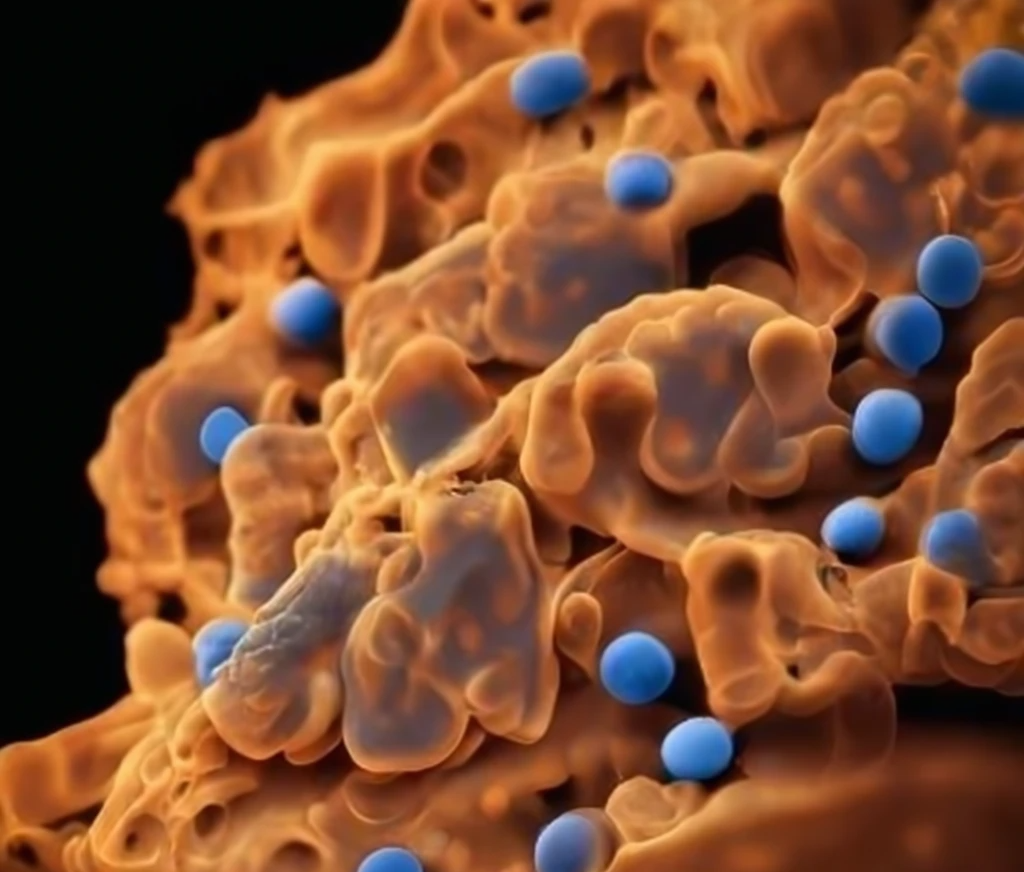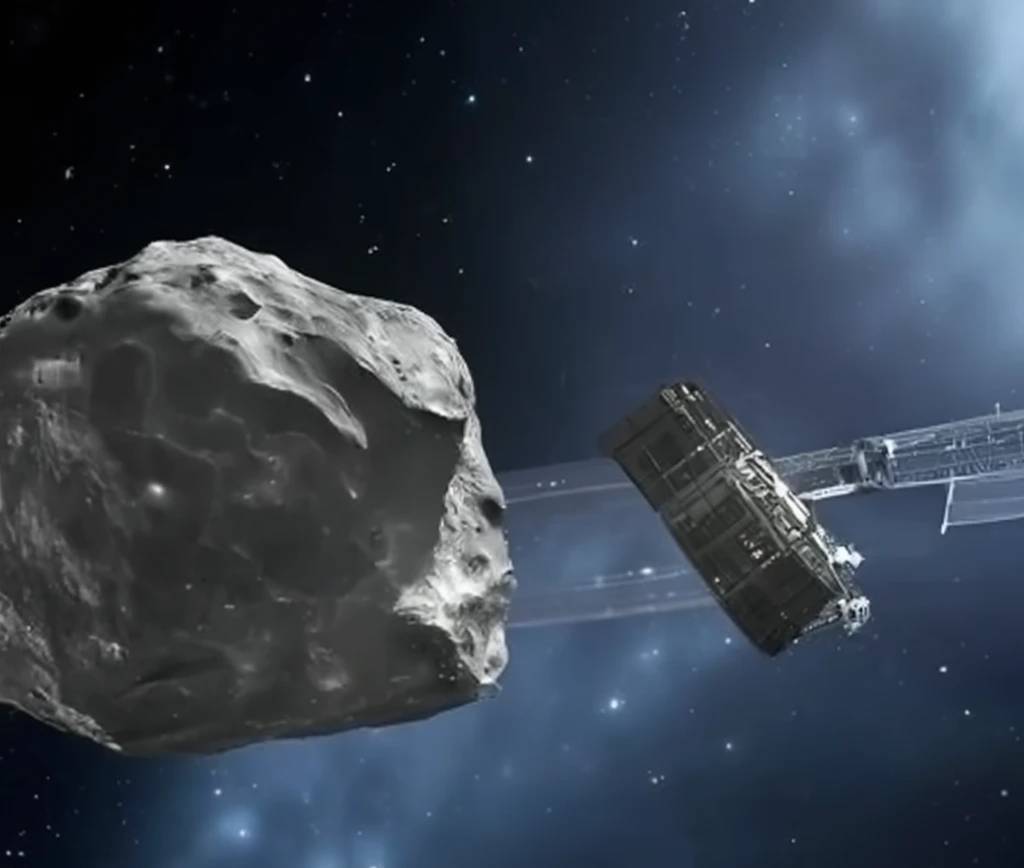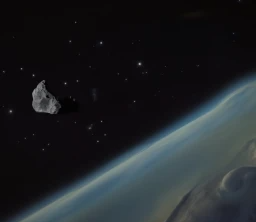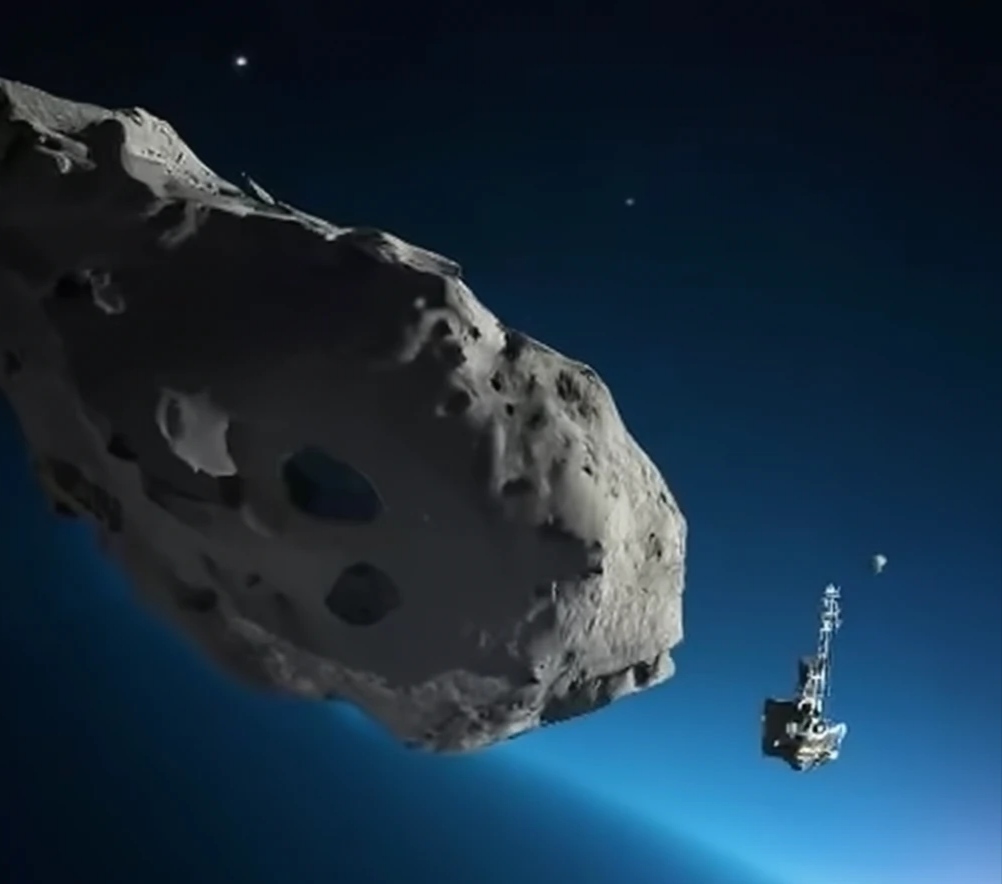The Extraordinary Frontier: A Glimpse into Life on Asteroids
Only Rock Pieces of Scientific Interest...
As humanity's curiosity extends beyond Earth, the possibility of life on asteroids becomes an intriguing subject of exploration. While asteroids are traditionally viewed as barren rocks floating in Space, recent scientific discoveries and advancements in Space exploration have opened up new possibilities. This article delves into the potential for life on asteroids and the exciting prospects that lie ahead.
The Microbial Universe
Scientists have long believed that life may exist in the most extreme conditions, and asteroids are no exception. Recent studies suggest that microbial life forms could potentially survive on asteroids, adapting to the harsh cosmic environment. Microorganisms (Figure 1), known for their resilience, might find a way to thrive in the microgravity and extreme temperatures of these Space rocks. [1]
Asteroid Mining and Its Implications
The growing interest in asteroid mining (Figure 2) has further fueled discussions about life beyond Earth. As Space agencies and private companies eye asteroids for their rich mineral resources, the possibility of encountering extraterrestrial life during mining operations raises ethical and scientific questions. Researchers are actively exploring methods to minimize the impact on potential life forms while extracting valuable resources. [2]

Figure 1. Close up view of a microbial cell attached to a mineralized polymer matrix
The Trojan Asteroids: Potential Havens for Life?
Trojan Asteroids (Figure 3), which share an orbit with a larger celestial body, could offer unique conditions for sustaining life. Scientists hypothesize that these asteroids might have stable environments with consistent temperatures, making them potential havens for microbial life. Future missions aim to study Trojan asteroids to uncover more clues about the potential existence of life in our cosmic neighborhood. [3]
The Water-Rich Asteroids
Water, a fundamental requirement for life as we know it, has been discovered on certain asteroids. These Water-rich asteroids could serve as crucial stepping stones for future human exploration and colonization efforts. The presence of water raises the possibility of sustaining plant life, opening up the potential for a self-sustaining ecosystem. [4]

Figure 2. Futuristic space station situated in the asteroid belt
Challenges and Future Prospects
While the concept of life on asteroids is fascinating, numerous challenges must be addressed before confirming its existence. The harsh conditions of Space, radiation exposure, and the lack of a protective atmosphere pose significant hurdles. Nonetheless, advancements in astrobiology, robotics, and Space exploration technologies offer hope for overcoming these challenges in the future. [5]
The Dream Perspective: Living by Floating!
The exploration of life on asteroids represents a thrilling frontier in Space science. As researchers delve into the mysteries of these celestial bodies, the possibilities of finding microbial life, water sources, and stable environments continue to capture our imagination. Whether through scientific missions or the pursuit of asteroid mining, the quest for life beyond Earth is an exciting journey that may redefine our understanding of the Cosmos.

Figure 3. A Trojan Asteroid orbiting near a planet
- Scientific American. "Hardy Microbes Hint at Possibilities for Extraterrestrial Life." https://www.scientificamerican.com/article/hardy-microbes-hint-at-possibilities-for-extraterrestrial-life/
- Space.com. "NASA's OSIRIS-REx lands samples of asteroid Bennu to Earth after historic 4-billion-mile journey." https://www.space.com/nasa-osiris-rex-success-recovery-asteroid-sample
- The Planetary Society. "NASA’s Lucy mission: an odyssey to the Trojan asteroids." https://www.planetary.org/articles/what-can-nasa-learn-from-the-trojans
- NASA. "NASA’s Bennu Asteroid Sample Contains Carbon, Water." https://www.nasa.gov/news-release/nasas-bennu-asteroid-sample-contains-carbon-water/
- SciTechDaily. "NASA’s Psyche Gets Huge Solar Arrays for 1.5-Billion-Mile Journey to Metal-Rich Asteroid." https://scitechdaily.com/nasa-psyche-gets-huge-solar-arrays-for-1-5-billion-mile-journey-to-metal-rich-asteroid/
